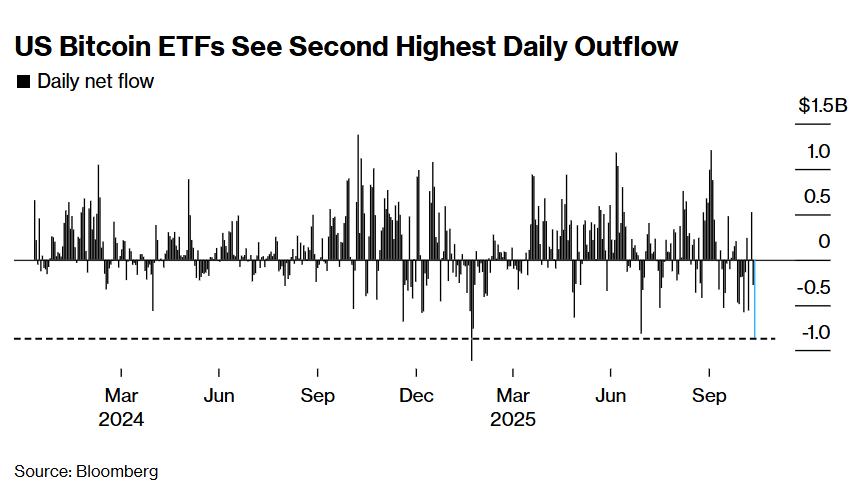Tron’s USDT Dominance and Its Implications for Blockchain Infrastructure Investing
Blockchain infrastructure investing has entered a new era, with Tron (TRX) emerging as the dominant settlement layer for stablecoins like Tether’s USDT . As of August 2025, Tron hosts $80.8 billion in circulating USDT, accounting for 63% of all USDT supply and processing $21.5 billion in daily transfers—nearly seven times Ethereum’s stablecoin volume [1]. This dominance is not accidental but a result of strategic technical and institutional advantages that position Tron as a critical infrastructure layer for global digital finance.
Tron’s Technical Edge: Scalability and Cost Efficiency
Tron’s success in capturing USDT activity stems from its ability to outperform competitors in scalability and cost efficiency. The network processes 137.9 transactions per second (TPS) with an average block time of 3 seconds, compared to Ethereum’s 17.83 TPS and 12.04-second block time [1]. These metrics make Tron ideal for high-volume stablecoin transactions, such as microtransactions and cross-border payments, where speed and low fees are paramount. Tron’s Gas-Free transaction model and proactive governance adjustments have further reduced costs, with average USDT transfer fees hovering at $0.0003—a fraction of Ethereum’s $1–$5 range [2].
Institutional adoption has accelerated this trend. Partnerships with platforms like MetaMask, Kraken, and Chainlink have expanded Tron’s reach into Web3 and traditional finance, while integrations with payment processors like AEON Pay and Kripton Market have driven real-world utility in Southeast Asia and Argentina [4]. These partnerships are not just symbolic; they translate into tangible volume, with 9 million daily transactions and 1 million unique wallets transacting USDT on Tron [1].
Institutional Confidence and Regulatory Alignment
Tron’s institutional appeal is further reinforced by its compliance infrastructure. The network has implemented AI-driven AML systems and aligned with global regulatory standards like the FATF Travel Rule and the EU’s 5th AML Directive, reducing false positives in transaction monitoring by 40% [2]. This alignment has attracted traditional capital, with whale transactions in TRX increasing by 10% year-to-date and a $1 billion buyback program boosting institutional confidence [3].
Goldman Sachs and other industry observers have highlighted stablecoins as a transformative force in interbank payments and capital markets, with Tron positioned to benefit from this shift [5]. The network’s USD1 stablecoin, backed by U.S. Treasuries, has already processed $15 trillion in Q2 2025 alone, underscoring its role as a trusted settlement layer [1].
Long-Term Investment Potential: Fee Cuts, ETFs, and Price Projections
Tron’s strategic roadmap includes initiatives to further lower barriers to adoption. The TRIP #789 proposal, which reduces transaction fees by 50%, is expected to expand the user base by 45%, potentially driving TRX’s price to $0.20–$0.26 by 2025 [2]. Analysts project even stronger long-term gains, with $0.40–$0.45 targets by 2026 and $3.55 by 2030, supported by institutional-grade infrastructure and real-world use cases [3].
A proposed TRON ETF by Canary Capital could redefine institutional exposure to crypto by offering native staking rewards, a feature absent in Ethereum and Solana-based ETFs [3]. This product, combined with Tron’s $111 million shareholders’ equity and $1.75 billion in annual transaction revenue, signals a robust financial foundation for future growth [5].
Risks and Competitive Landscape
Despite its strengths, Tron faces challenges. Regulatory uncertainties and competition from emerging blockchains like TON Network and BlockDAG could disrupt its dominance [3]. However, Tron’s technical agility—evidenced by upgrades like the Kant mainnet and Stake 2.0—positions it to adapt rapidly to market conditions [4].
Conclusion: A Foundation for the Digital Dollar Era
Tron’s dominance in the USDT ecosystem is not just a short-term phenomenon but a reflection of its role as a foundational infrastructure layer for digital finance. With $600 billion in monthly stablecoin transfers and a 31.85% revenue increase in the last 30 days [5], Tron is proving its value in a world increasingly reliant on stablecoins for cross-border payments and DeFi. For investors, the combination of technical superiority, institutional adoption, and regulatory alignment makes Tron a compelling long-term bet in the blockchain infrastructure space.
Source:
[1] Tron Didn’t Replace Ethereum—But It Took $80B in USDT
[2] TRON's Fee Adjustments: A Strategic Move to Outperform
[3] TRX's Sudden Surge in Whale Activity: A Catalyst for Institutional Adoption
[4] TRON H1 2025: Consistent Growth Across Key Metrics
[5] TRON Hits $600 Billion Monthly Stablecoin Transfers Driven by Institutional Adoption
Disclaimer: The content of this article solely reflects the author's opinion and does not represent the platform in any capacity. This article is not intended to serve as a reference for making investment decisions.
You may also like
As economic cracks deepen, bitcoin may become the next liquidity "release valve"
The US economy is showing a divided state, with financial markets booming while the real economy is declining. The manufacturing PMI continues to contract, yet the stock market is rising due to concentrated profits in technology and financial companies, resulting in balance sheet inflation. Monetary policy struggles to benefit the real economy, and fiscal policy faces difficulties. The market structure leads to low capital efficiency, widening the gap between rich and poor and increasing social discontent. Cryptocurrency is seen as a relief valve, offering open financial opportunities. The economic cycle oscillates between policy adjustments and market reactions, lacking substantial recovery. Summary generated by Mars AI. The accuracy and completeness of this summary are still being iteratively updated by the Mars AI model.

The wave of cryptocurrency liquidations continues! US Bitcoin ETF sees second highest single-day outflow in history
Due to the reassessment of Federal Reserve rate cut expectations and the fading rebound of the U.S. stock market, the crypto market continues to experience liquidations, with significant ETF capital outflows and options traders increasing bets on volatility. Institutions warn that technical support for bitcoin above $90,000 is weak.

When traditional financial markets fail, will the crypto industry become a "pressure relief valve" for liquidity?
As long as the system continues to recycle debt into asset bubbles, we will not see a true recovery—only a slow stagnation masked by rising nominal figures.

A Quiet End to 2025 Could Prime Crypto for a 2026 Breakout, Analysts Say
